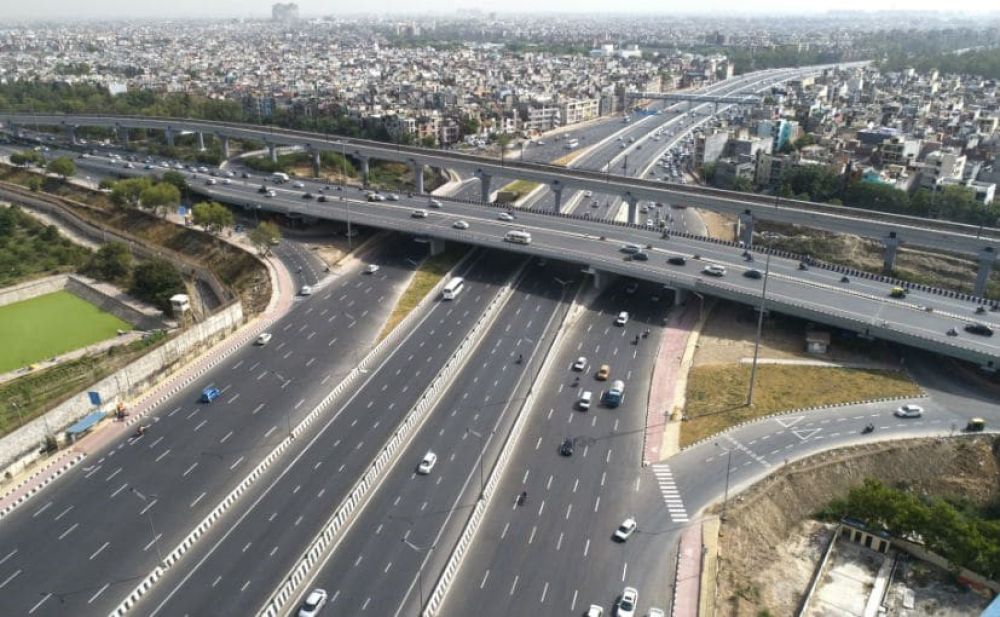

Pune, with its rich tapestry of history, culture, and education, is one of Maharashtra's most significant cities and has seen its tourism sector grow significantly over the years. Once the epicenter of the Maratha Empire, Pune is steeped in historical landmarks and cultural heritage, making it a magnet for tourists seeking a blend of the traditional and contemporary.
The foundations of tourism in Pune can be traced back to the times of the Maratha Empire in the 17th and 18th centuries. The city served as the monsoon capital of the Bhonsle Marathas and was later the center of power for the Peshwas. Pune's historical importance began attracting scholars, historians, and curious travelers who wished to explore Maratha architecture and the remnants of its powerful dynasties.
The modern era of tourism began to take shape post-Indian Independence, in 1947. Pune's stature grew as an educational hub with the establishment of several universities and institutions, which began attracting students and academicians from all over the world. This influx contributed to the city's cosmopolitan culture and indirectly promoted tourism as more people sought to explore the city's offerings.
Over the years, Pune has managed to conserve its historical sites while also developing new attractions. Sites like Shaniwar Wada, the Aga Khan Palace, and the Raja Dinkar Kelkar Museum serve as significant drawcards. The Osho International Meditation Resort, established in the 1970s, attracted a new wave of international tourism, positioning Pune as a spiritual and wellness retreat center.
With Pune being recognized for its rich culinary delights, including traditional Maharashtrian cuisine, as well as other regional Indian and international foods, culinary tourism has seen a surge. The city's shopping districts, like MG Road and FC Road, have long been favorites for those seeking to indulge in a bit of retail therapy.
The influx of multinational corporations and IT companies in the late 20th and early 21st century has transformed Pune into a cosmopolitan metropolis, which has invariably diversified its tourism sector. New-age travelers are attracted not just to Pune's heritage but also its modern shopping malls, nightlife, and urban culture.
Surrounded by the Western Ghats, Pune also is a starting point for a number of treks and outdoor activities, which boosted adventure tourism. Areas such as Lonavala, Rajmachi, and Sinhagad Fort are popular among trekkers and outdoor enthusiasts. The biodiversity and pristine ecosystems around Pune are also recognized, paving the way for eco-tourism initiatives aimed at conservation education and sightseeing.
Recently, experiential tourism has taken root in Pune, with travelers seeking authentic experiences over traditional sightseeing. This trend includes homestays, culinary workshops, and interaction with local artisans. Additionally, sustainable tourism practices are being adopted by more establishments in response to increasing environmental awareness among travelers.
'Smart Tourism' propelled by digital technology has made information more accessible, allowing tourists to plan and customize their Pune experience like never before. Social media influence has also highlighted lesser-known destinations within the city, contributing to the dispersion of tourist traffic and the growth in popularity of hidden gems.
In conclusion, Pune's tourism history is a blend of deep-rooted historical significance and evolving tourism trends that cater to a broad array of interests and preferences. As the city continues to grow and thrive, its appeal as a multifaceted destination only strengthens. The city is well equipped to embrace new tourism practices while preserving the legacy of its illustrious past.